The Sixth Amendment provides rights and protections to people accused of crimes. These include the right to a speedy and public trial by an impartial jury; the right to be informed of the charges; the right to confront adverse witnesses, and the right to counsel.
Justice for All in the Courtroom
In this lesson, students analyze the interplay of processes and procedures that courts use to seat an impartial jury and gain appreciation for the essential role of juries in the justice system. They also explore the responsibilities and limits placed on government by the Constitution in the context of civil and criminal trials.
Understanding the Confrontation Clause
In this lesson, students will explore the fundamental reasons for the confrontation clause of the Sixth Amendment. Students will engage in a simulation and identify the history and evolution of the confrontation clause.
The Confrontation Clause: Crawford v. Washington
The Sixth Amendment’s confrontation clause gives the accused the right “to be confronted with the witnesses against him” at a criminal trial. This video uses the U.S. Supreme Court case Crawford v. Washington to help explain the history and importance of the confrontation clause and why the framers knew it would be crucial to an effective system of justice.”
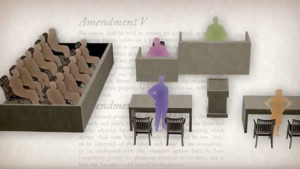
Key Constitutional Concepts: Right to Counsel
The landmark Supreme Court case Gideon v. Wainwright examines the impact that one event can make on the Constitution through the judicial process. This lesson is designed to give students an opportunity to interact with the Constitution
Jury Selection on Trial
In this lesson, students learn about the process used for jury selection and how the role and responsibilities of government in civil and criminal jury trials are viewed by the Supreme Court. They also reflect on the democratic values, principles, and dispositions of character working behind the scenes.
Key Constitutional Concepts
This three-part documentary discusses why and how the Constitution was created at the Constitutional Convention, explores the protection of individuals’ rights in Gideon v. Wainwright, and examines the limits of presidential power in Youngstown v. Sawyer.
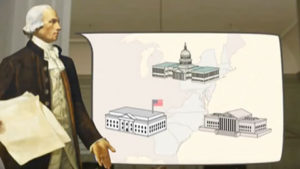
A Conversation on the Constitution with Justice Anthony Kennedy: Miranda v. Arizona
Justice Kennedy leads a discussion with students about the Miranda v. Arizona case, which established that criminal suspects must be told of their Fifth Amendment protection against self-incrimination and Sixth Amendment right to an attorney.
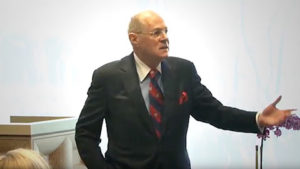
Jury Selection: Edmonson v. Leesville Concrete Company
This documentary tells how an African American construction worker’s personal-injury lawsuit against his employer evolved into a landmark jury selection case Edmonson v. Leesville Concrete Co. on the Sixth Amendment right to an impartial jury.
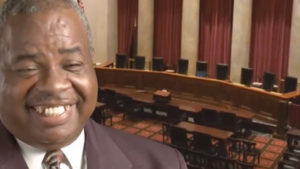
A Conversation on the Constitution with Justices Stephen Breyer, Anthony Kennedy and Sandra Day O’Connor: The Right to Trial by an Impartial Jury
Justices O’Connor, Breyer and Kennedy discuss the Sixth Amendment right to trial by an impartial jury in the context of Edmonson v. Leesville Concrete Co.
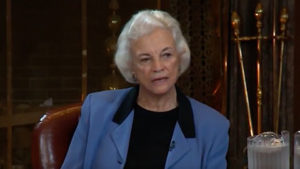
Sixth Amendment – Right to Be Informed of Criminal Charges
The Sixth Amendment right to “be informed of the nature and cause of the accusation” is another protection meant to ensure that the accused receives a fair trail. A speedy, public trial that is heard by an impartial jury is meaningless if a defendant is left in the dark about exactly the crime with which he or she is charged.
Sixth Amendment – Right to Assistance of Counsel
The Sixth Amendment guarantees a criminal defendant the right to have an attorney defend him or her at trial. That right is not dependent on the defendant’s ability to pay an attorney; if a defendant cannot afford a lawyer, the government is required to provide one. The right to counsel is more than just the right to have an attorney physically present at criminal proceedings. The assistance provided by the attorney must be effective.
Sixth Amendment – Right to Speedy Trial
Without this right, criminal defendants could be held indefinitely under a cloud of unproven criminal accusations. The right to a speedy trial also is crucial to ensuring that a criminal defendant receives a fair trial. If too much time elapses between the alleged crime and the trial, witnesses may die or leave the area, their memories may fade, and physical evidence may be lost.
Sixth Amendment Interactive
This tool allows students to explore the rights the Sixth Amendment grants to defendants in criminal trials by linking the text’s most debated clauses to expert knowledge on their various interpretations.